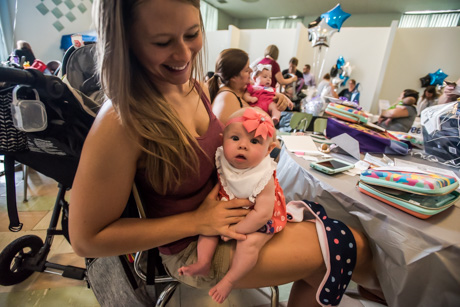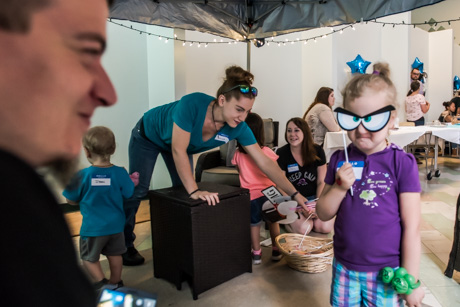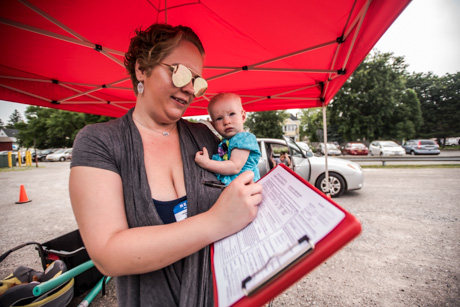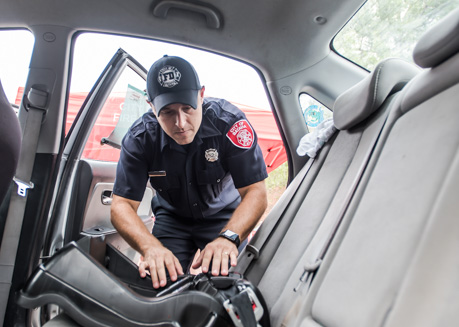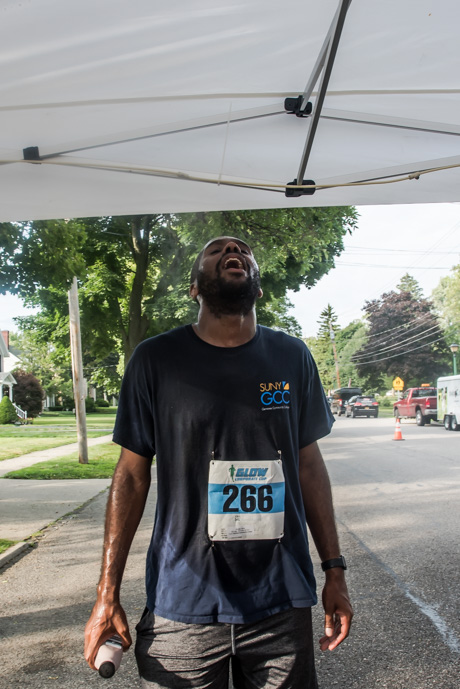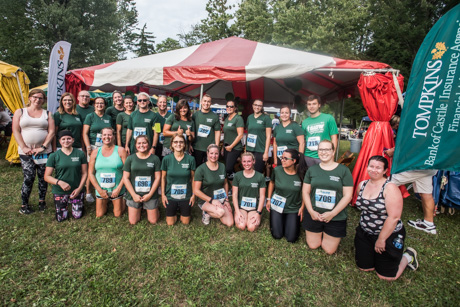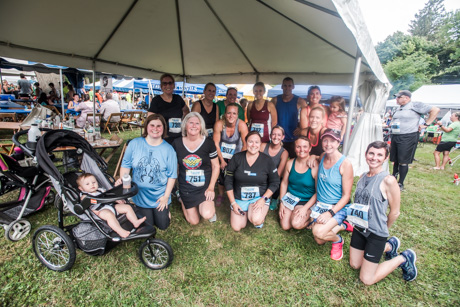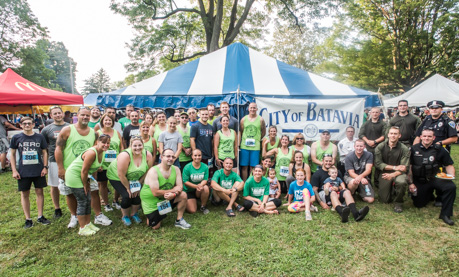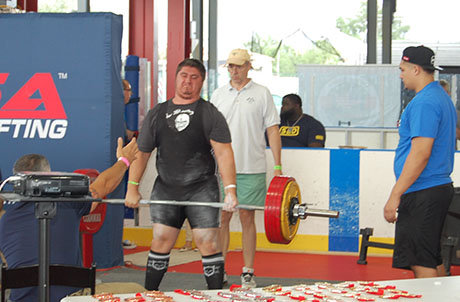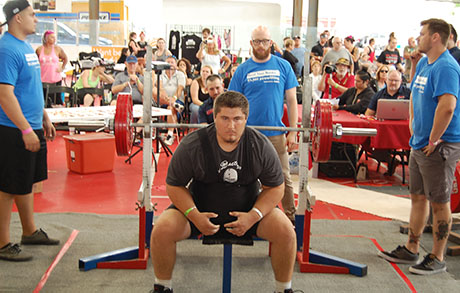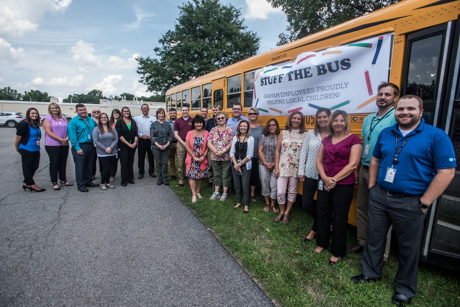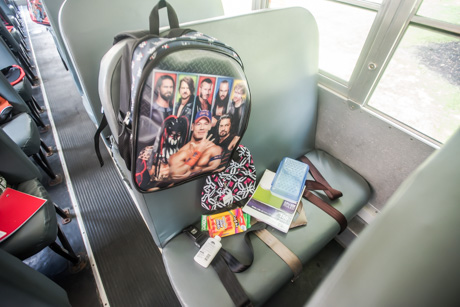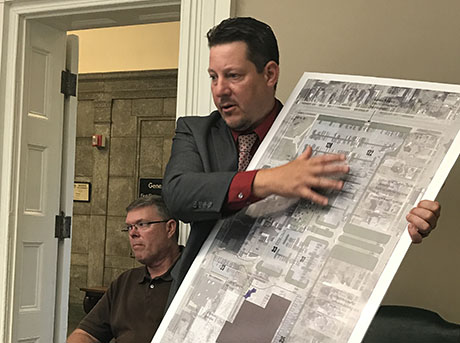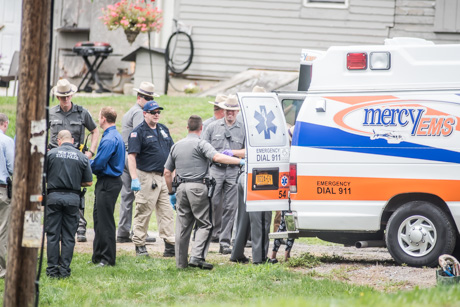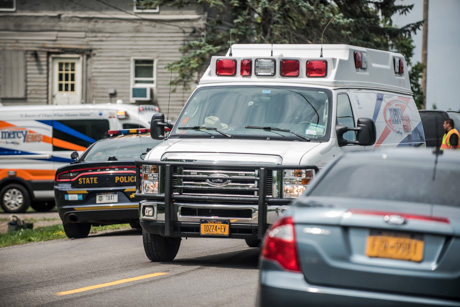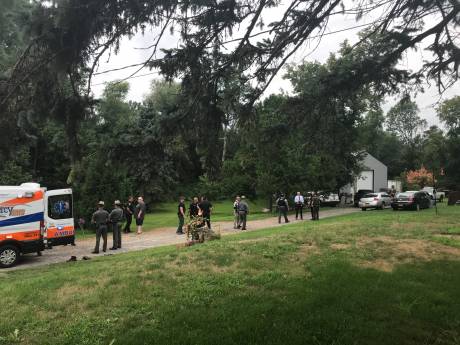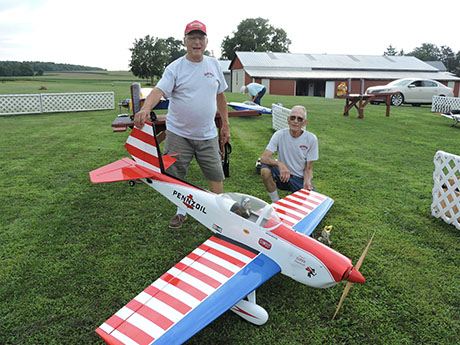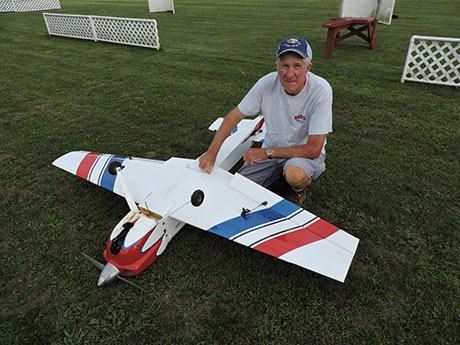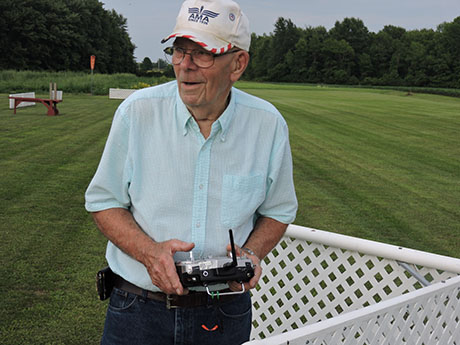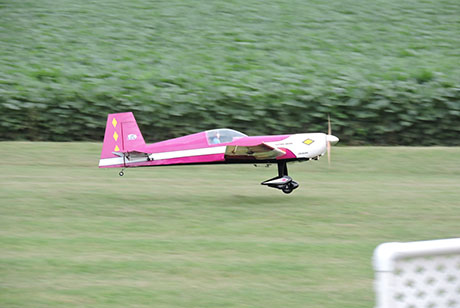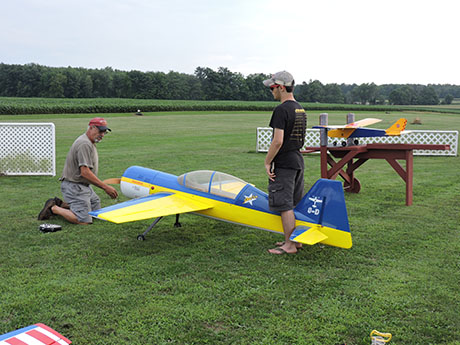Jenny Staebell had her first child when she was 19, and put herself through college, earning a master’s degree and becoming a teacher.
Staebell is now the director and community health educator for Project Stork Inc., a nonprofit organization she started, providing services for Genesee and Orleans counties. She is a certified NYS Health Educator for prekindergarten through grade 12.
The program empowers young people to make healthy decisions about education, relationships, sex, parenting and their lives. In addition to helping teen parents, the program has services and workshops for younger children, starting in kindergarten, and parents of teens.
“I decided one day I wanted to do something greater than what I was doing,” Staebell said. “I wanted to impact lives. I took some time off, and Project Stork evolved to what it is today.”
According to the Family and Youth Services Bureau, there are approximately 750,000 teen pregnancies and 400,000 teen births in the United States every year. According to Staebell, in Genesee County, there is a rate of 15.1 teen pregnancies, ages 15 to 19 per 1,000 females. In 2015, there were 28 pregnancies, of which 20 live births occurred and 8 induced abortions.
Staebell started taking participants for the programs, and has nine moms in the programs, between the ages of 16 and 20. Some are pregnant, some are parenting and first-time moms.
“I meet with them once a month, but every day I am in contact with them through texting, or I check on them through Facebook to see if they need anything,” Staebell said. “I go out and drop off a bunch of stuff to get them ready and prepared. I keep in close contact to make sure everything is OK and that they know they have the support also.”
There are multiple programs throughout Project Stork that offer many goals, whether it be finishing high school or finding a career in the work field. Project Stork helps put the parent in contact with resources throughout the county to complete those goals.
There is also positive parenting workshop for young moms or dads. They use a program called “Nurturing Parents,” which is an evidence-based program developed specifically for teen parents.
Through each program, if the participants meet the goals, at the end of the month, Project Stork purchases something the parent may need.
“We’ve purchased crib, car seat, stroller, other baby gear items, or items for their household,” Staebell said. “Also, a microwave, interview clothes, and things of that nature.”
Teens enrolled in the programs also receive a monthly supply of diapers and wipes.
Project Stork offers resources, such as healthy workshops, which have been offered in schools throughout the area for all different age groups. Staebell is hoping the programs will be offered county-wide in the future.
All programs and services are free.
Students in kindergarten through fifth grade learn can about nutrition, growth, mental health, being a good friend, or being in dangerous situations.
Middle school students learn about nutrition and lessons that fit the health curriculum. High school students have lessons that fit the health class curriculum, as well as dating violence, contraception, and various topics in sexual health.
These programs started being offered in Oakfield-Alabama and Le Roy during the end of last year.
Sara Horgan, a teacher in Le Roy, said Staebell is a great resource for her in the classroom, as well as the community.
“I definitely have not taken full advantage of all Project Stork has to offer yet,” Horgan said.
Horgan was looking for updated research-based curriculum to use in her classroom, and Project Stork has been a valuable resource for her.
“I have also referred students and their families to the Project Stork community-based resources,” Horgan said. “In conjunction with our school social worker, we are also currently piloting a girls' wellness group with Project Stork. [It is] very much in the beginning stages, but we are hopeful that group can grow and help more girls make healthy decisions now and in the future.”
Staebell said they are currently looking to get a location in Genesee County for a Project Stork office.
“We want a place to have some office hours for young parents to come in, enroll in classes and get supplies,” Staebell said.
Project Stork is made possible through donations, sponsors, and fundraisers, but Staebell is hoping to eventually get grants to run more programs.
“We’re hoping each month to do a bigger event and a bigger fundraiser,” Staebell said.
Donations can also be made to Project Stork directly through their website, located here.
The organization's email address is: projectstorkinc@gmail.com







